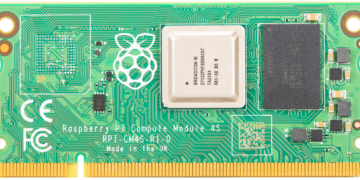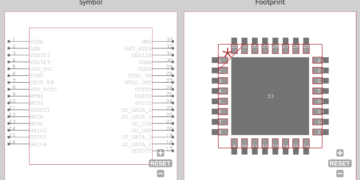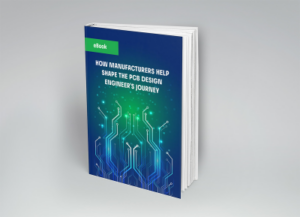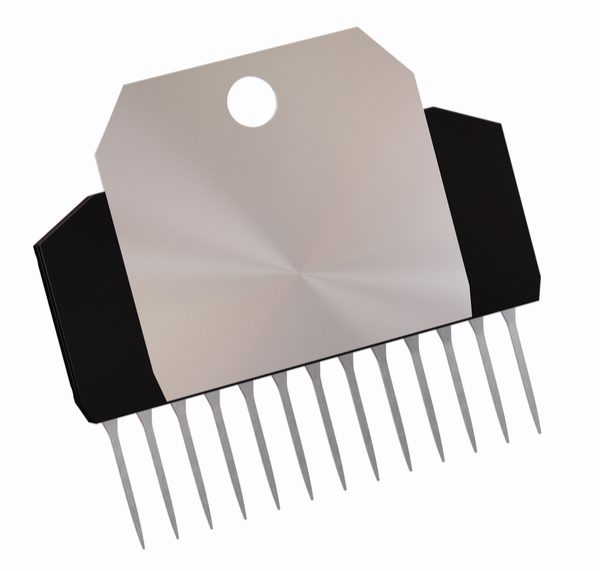
No power source is ideal; they contain noise, power droop, and current/voltage spikes, all of which can influence how your circuits operate. Enter power regulators: they are used to provide a stable output voltage if the input changes. Whether your system is simple or requires a complex regulation strategy with multiple DC-DC converters, a linear regulator may play a part in this system.
Depending on your regulation needs, linear regulator components also have their imperfections. These components are primarily resistive, thus they incur some losses to heat. Compare this to a switching regulator; the losses primarily occur in the switching MOSFET, while other components are reactive. Despite losses, linear regulators have their place in more complex power regulation strategies. If you determine you need a linear regulator for your next design, here are some specifications to consider when comparing different components.
Choosing a Linear Regulator
Important datasheet information to review when comparing linear regulators for your design ios listed below.
|
IMPORTANT SELECTION CRITERIA FOR LINEAR REGULATORS |
|
|
Design Info |
Why It’s Important |
|
Output voltage and current |
The power output will generally be high voltage/low current or low voltage/high current. |
|
Power supply rejection ratio (PSRR) |
This quantifies how well the regulator resists ripple on the input voltage. This is where linear regulators that run in saturation have an advantage over a switching regulator. A switching regulator will always output some high frequency ripple, while a linear regulator can reject significant ripple on the input. |
|
Circuit topology |
The circuit topology in a linear regulator will determine the efficiency and other electrical behavior. Note modern linear regulators, including LDOs, tend to use an op amp for stable regulation. You can see the topology in a block diagram. |
|
Dependence on load current |
The various electrical specifications for these components will depend on the load current. Watch for this dependence and make sure you’re running at a load current that keeps other specifications stable. |
|
Extra features |
Some extra features you’ll see in linear regulators include enable pins, thermal shutdown blocks, reference voltage blocks (this is important for LDOs), ESD/short circuit protection, and selectable voltage level outputs. |
Regulator Specifications
There are a few common themes you’ll find in linear regulator specifications simply due to the circuit elements used in these components. Some linear regulators are really LDO regulators or other fixed regulators with a voltage reference block, but they will still be listed as passive linear regulators. No matter which type of linear regulator you choose (shunt, series, fixed, variable, or LDO), you’ll notice the two following common characteristics:
- Packaging: Most linear regulators come in a transistor outline (TO) package. Some come packaged in a flat-pack or SOIC package. Most high power designs need to be rugged, so you’re likely better off going with a through-hole TO package.
- Efficiency: All linear regulators have relatively flat efficiency as a function of load current. The typical efficiency of a linear regulator is ~65%. In other words, about 35% of the total power that would have been supplied by the regulator is lost as wasted heat. This is one reason these components are found in TO packages; they include a large die-attached heatsink that dissipates heat from the component.
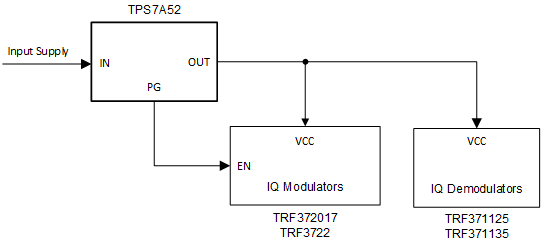
Low-noise, high-accuracy, ultra-low-dropout voltage regulator TPS7A52
Efficiency
Because of the low efficiency, a linear regulator is best used for the output stage of a power system. As an example, you may have a buck converter that steps down a high voltage and outputs to multiple circuit blocks. A linear regulator can be placed at these circuit blocks and will step down the voltage to the desired level with only a minor amount of power lost as heat.
Low-Dropout (LDO) vs. Standard Regulators
There is also the matter of choosing between a low-dropout (LDO) regulator and a standard linear regulator. All regulators have some “headroom” that defines the lowest input voltage that will produce the desired output voltage. If the input voltage drops below the headroom level, the output voltage will also start to drop. The headroom value will generally change with the load current. An LDO has a smaller headroom than a series or shunt regulator. Typical headroom values for an LDO are ~0.5 V, which makes these components much more efficient than series or shunt regulators.
Find Your Linear Regulator with the Best Parts Search Engine
There are tons of linear regulators on the market, and the top component distributors can offer a range of different options from various manufacturers. It is extremely time-consuming to search through all of these sources. A more efficient and effective alternative is to rely on a proven industry resource that aggregates component data, verifies the accuracy of schematic symbols, PCB footprints, and 3D models, and makes this information readily available in one online location. A linear regulator example is shown below.
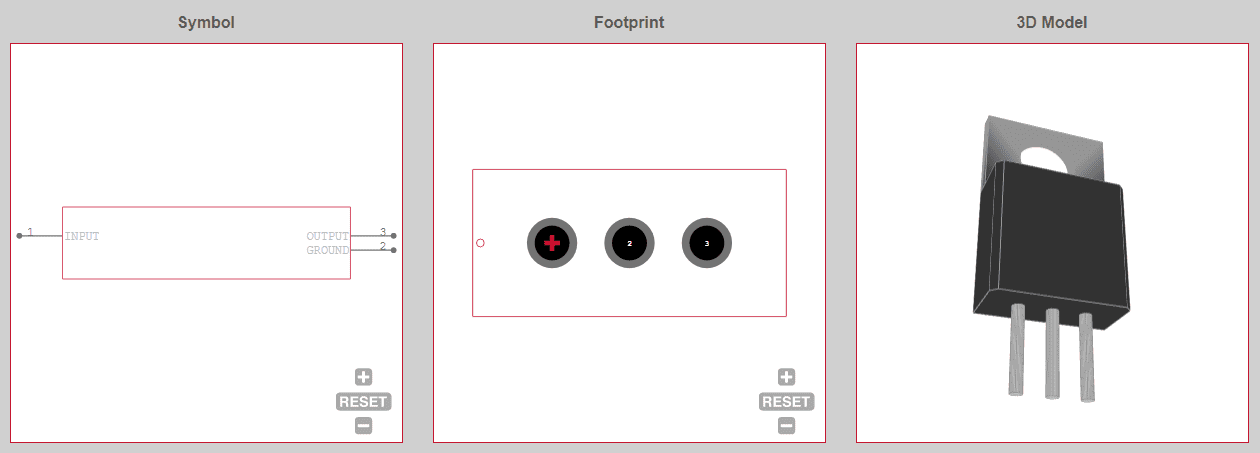
Schematic symbol, PCB footprint, and 3D model for the NCP7805TG linear regulator from ON Semiconductor.
Making the best selection for a widely-used component like a linear regulator is not easy. However, knowing what information to analyze for comparing options and choosing the best source for that information will help you design more efficiently and effectively.
If you’re looking for CAD models for common components or important design information on linear regulators, Ultra Librarian helps by compiling all your sourcing and CAD information in one place.
Working with Ultra Librarian sets up your team for success to ensure streamlined and error-free design, production, and sourcing. Register today for free.


